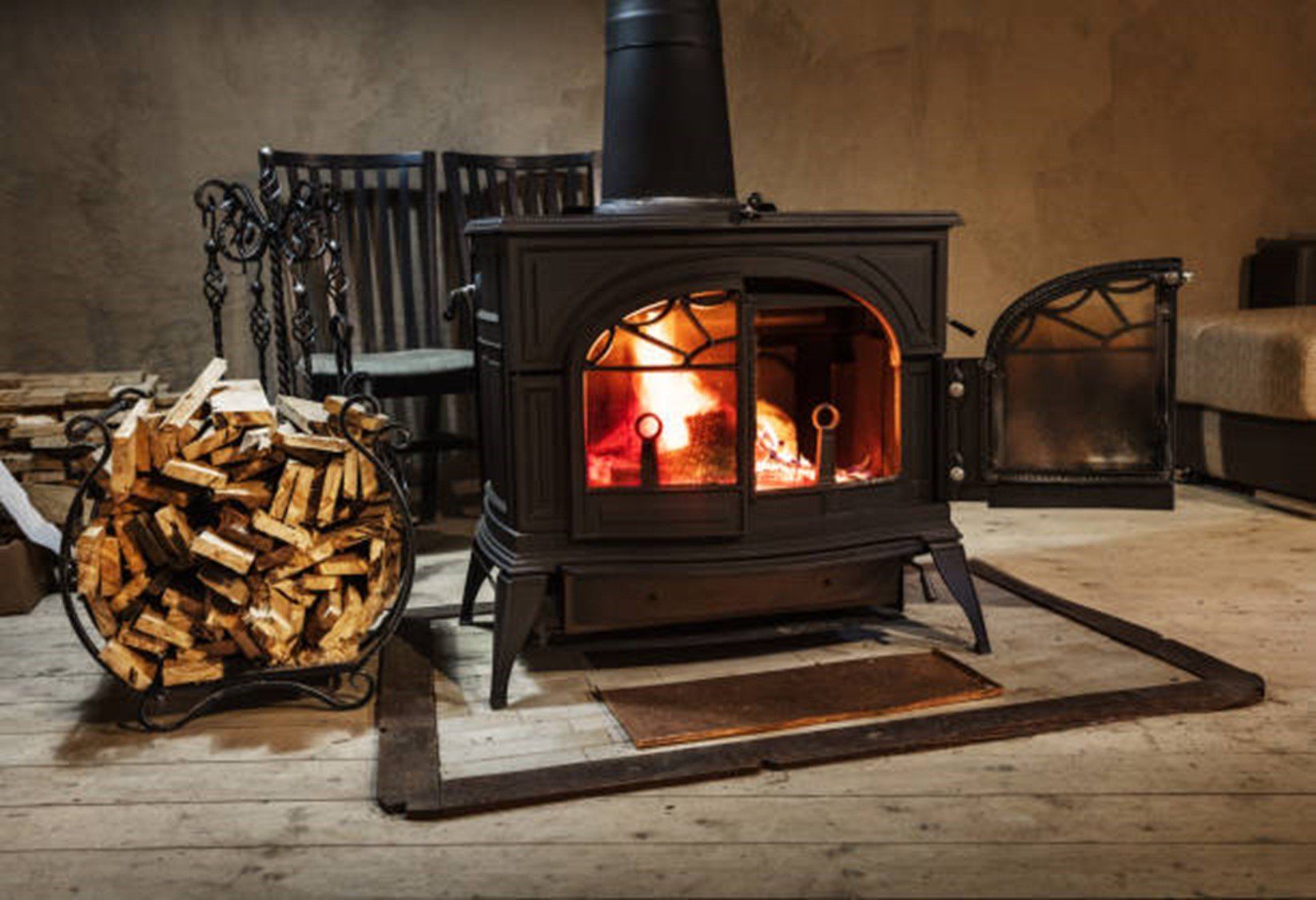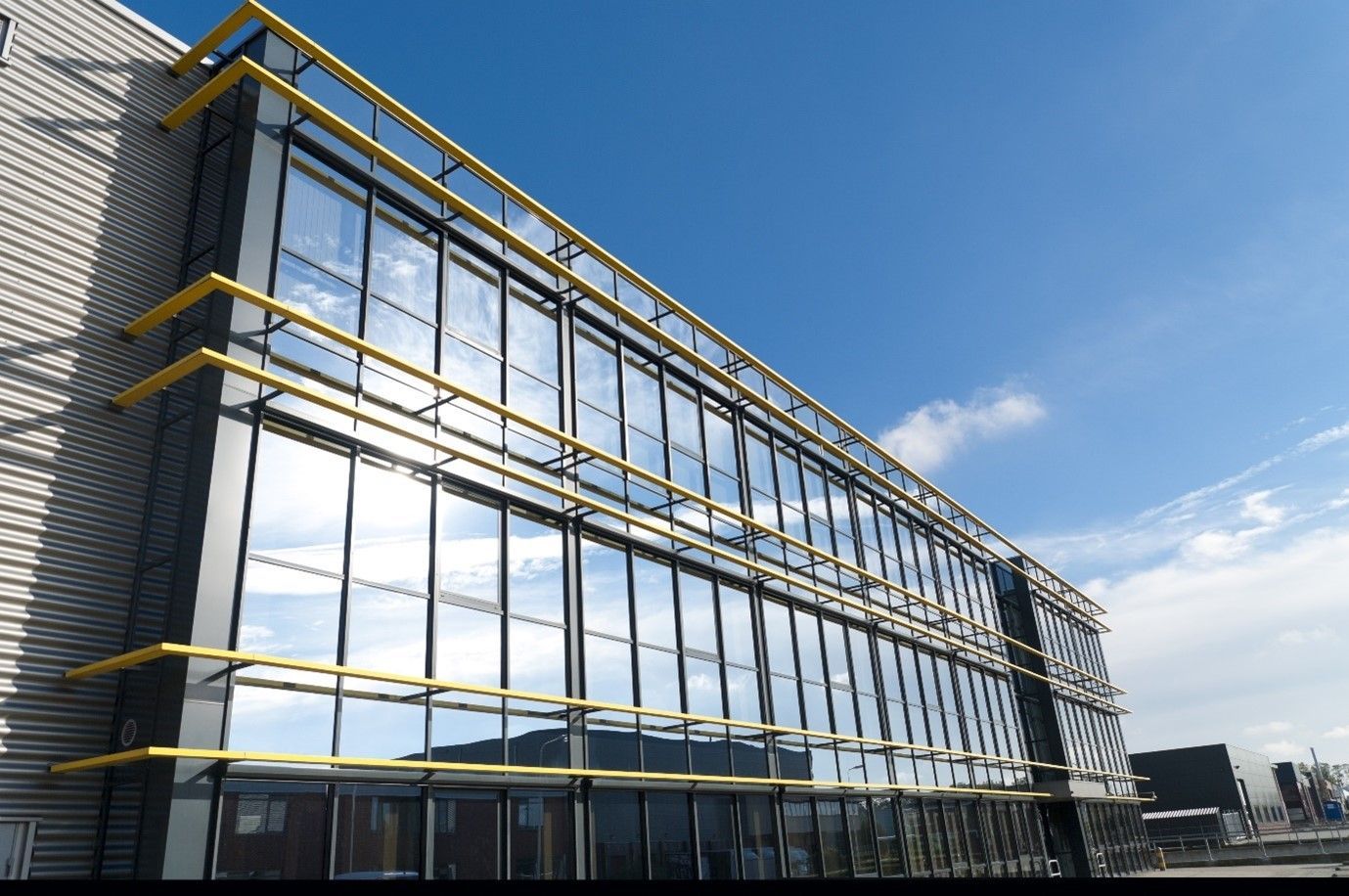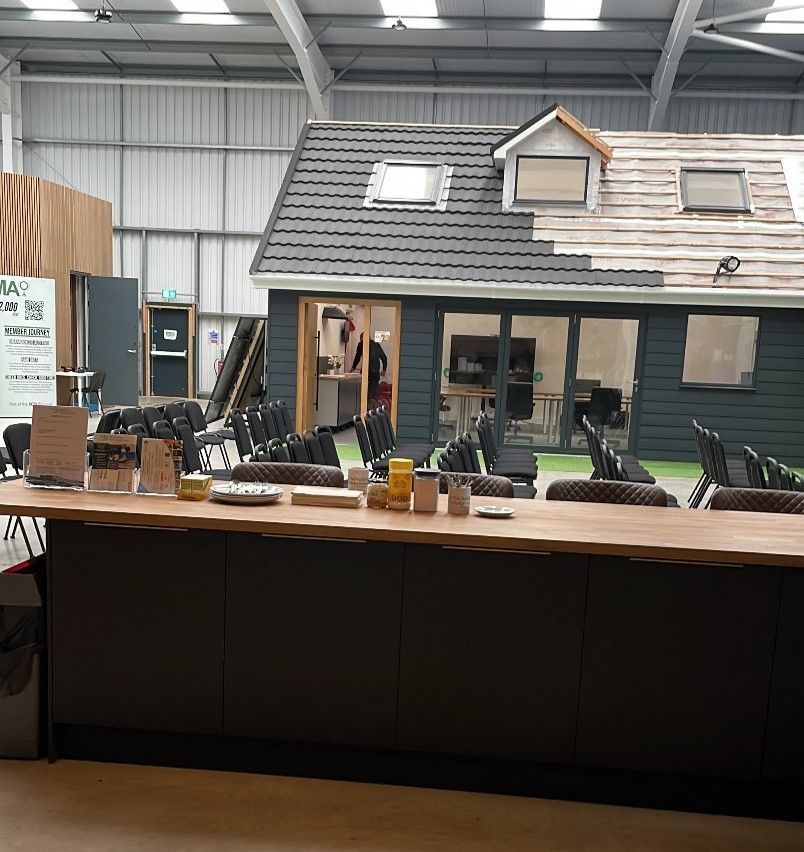Impact of Wood Log Burners in SAP
The Impact of Wood Log Burners in SAP

Did you know that installing a wood burning stove, even in new developments, can help you to achieve compliance with Part L building regulations?
A modern wood log burner, unlike open stove, can efficiently help in heating the house, minimise energy losses through the flue and ultimately improve environmental performance (if wood used is sustainably sourced, it can be seen as a renewable energy source).
Standard Assessment Procedure (SAP) works out the final Energy Performance Certificate (EPC) score by considering multiple factors, with heating systems being one of the most important ones. It calculates how much carbon emissions will be emitted to the environment, by raising the temperature to 21° in the living room and to 18°C in other areas. By installing a HETAS approved wood log burner in the living room, SAP considers this system as a heat source raising temperature from 18°C to 21° by using renewable energy, with no need for the main heating system to be turned on. This approach can greatly benefit homes with specified gas boilers and achieve even an additional 5% reduction!
The main disadvantage is the high cost of retrofitted installation in the building which does not have flues. However, if a wood burning installation is factored during the design stage of the dwelling, the overall cost for the system can be reduced significantly. Please also take caution in choosing the system – open fire in grate is not as efficient as modern wood log burners and will have negative impact on SAP. The gas-fired stoves can also help in achieve compliance, but the overall EPC score will be decreased.
An overall benefits of log burners, apart from helping in passing the building regulations are decreased bills, increased attractiveness, and environmentally friendly addition to the new homeowners. It can be also aesthetically pleasing by providing a relaxing setting in the living room!
Ashby Energy Assessors Blog and News


Contact Us
We will get back to you as soon as possible
Please try again later
Directory
Contact Information
01476 870504
info@ashbyenergy.co.uk
Ashby Energy Assessors Ltd
Head Office
Landrace Lodge
Friars Well Estate
Wartnaby
Melton Mowbray
Leicestershire
LE14 3HQ
All Rights Reserved | Ashby Energy Assessors | Design & Build By Kangaroo UK


